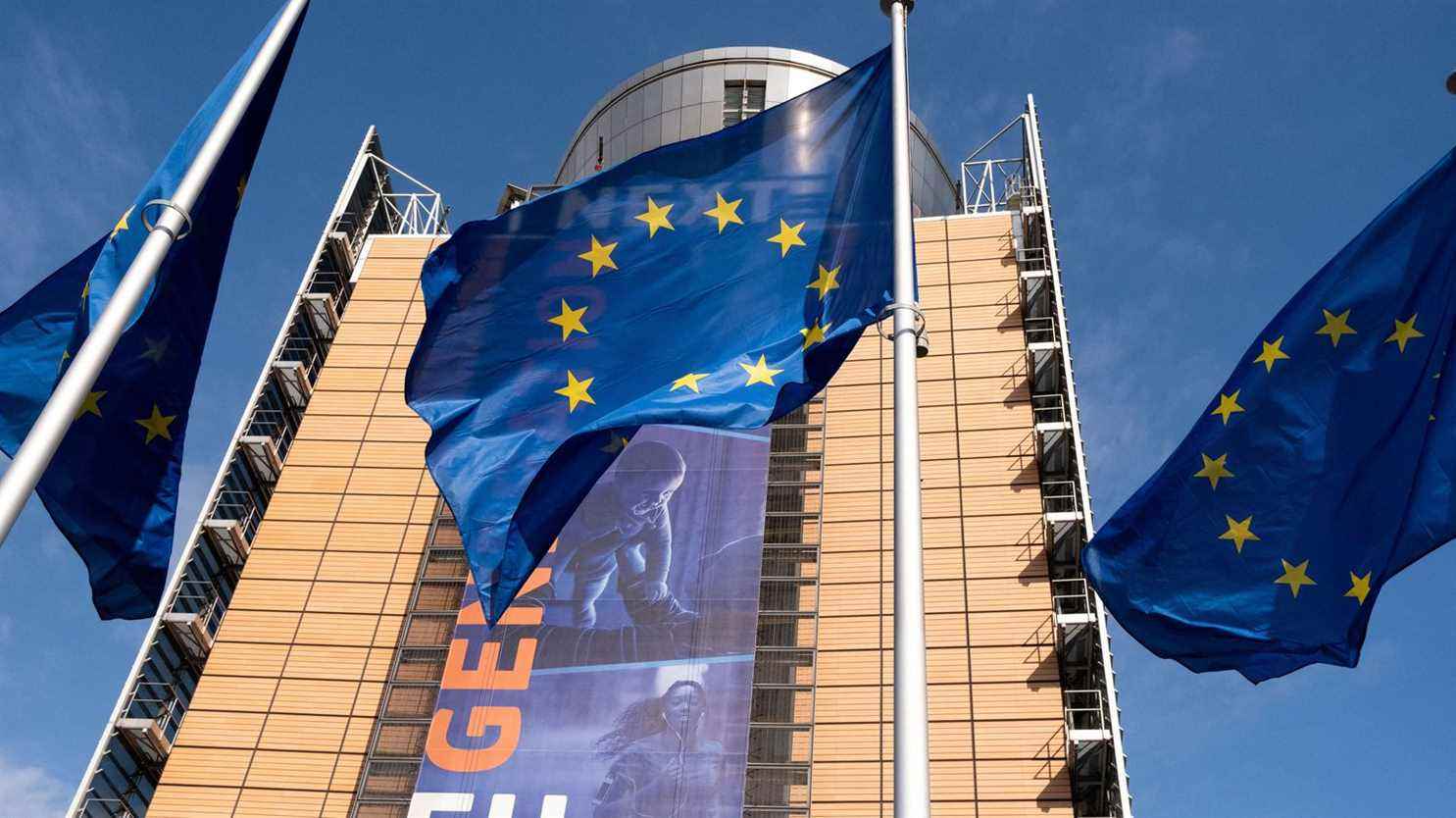The European recovery plan will soon become a reality. The Twenty-Seven completed, Monday, May 31, the process of ratifying the decision authorizing them to take on debt together to overcome the economic consequences of the pandemic. A step that will allow, from June, the European Commission to borrow on the financial markets to finance 672 billion euros in grants and loans to member countries. Sums pledged as part of the 750 billion euros “NextGenerationEU” recovery plan decided in July 2020 – almost a year ago – after difficult negotiations.
The money raised in common should make it possible to finance the thermal renovation of buildings, railway projects, charging stations for electric vehicles, high-speed telecommunications networks or even data storage infrastructures.
What are the next steps for member countries? When will it be possible to observe the effects of this stimulus plan? Mathieu Plane, economist at theFrench Observatory of Economic Conjunctures (OFCE), answers questions from franceinfo.
Franceinfo: Why did the validation of this recovery plan take so long?
Mathieu Plane: Of course, the money promised arrives after the battle, because member states would have needed it immediately after the onset of the health crisis. But in order to be able to pay this money, the plan had to be unanimously accepted by the countries and there were many differences.
The peculiarity of this plan lies in the fact that the States will not receive sums proportional to the amount of their gross domestic product. (GDP), but proportional to their needs. For example, Spain will receive more money than Germany. THEGermany has an economic situation which allows it very well to make its investments without Europe, which is not the case of Spain and Italy, countries for which it is more complicated to contract a debt. In short, this recovery plan is a transfer of money from the countries of the North to the countries of the South.
The frugal countries have been very reluctant to go further, because they make a large contribution to the recovery plan and accuse the countries of the South of not respecting European standards in terms of debt and deficit.
In addition, there is Euroscepticism in several countries, which leads some to oppose any solidarity with the members most in difficulty. There is no political Europe on the budget issue, everything is a matter of consensus. Esurprisingly, Germany, which is more of a country holding budget orthodoxy, led the negotiations.
What will happen now that the recovery plan is validated?
The entire sum promised to EU states, ie 750 billion euros, will be gradually released to finance national budgets. A first component will be paid next month and funding will gradually increase over several years.
In order to receive this money, each EU member state had to submit a report to the European Commission, explaining how this budget would be spent. This then had to validate it. France’s dossier contained no less than 800 pages. In return, each receives direct funding, which supplements the national budgets allocated to the recovery.
How will the stimulus plan translate into concrete terms?
For the moment, we are seeing the effects of the French recovery plan, but not that of the European recovery plan. Because in the envelope of 100 billion euros that France has dedicated to economic recovery, the European Union will contribute 40 billion euros. The remaining 60 billion are financed by the French budget.
The government has already started spending this amount, mainly for three measures: the reduction in production taxes which was decided at the start of the year, support for the activity partial long-term and help with the hiring of young people.
As for the part financed by the European recovery plan, the requirement is to spend this money on the climate transition and the digital transition. This requires a fundamental transformation of the economy. Rthermal innovation of buildings, construction of an industrial sector in hydrogen … All this will require time,already‘an administrative point of view, because it is necessary to launch calls for tenders. Once this stage is over, the start of the works will create jobs and therefore economic activity in the medium term.
Will this plan be sufficient to support the Member States?
It should be noted that this plan is good news, because it creates European solidarity, but we could have gone much further. If we compare the European Union’s recovery plan to that of the United States, we see that only two points of European GDP are devoted to it, compared to eight points in the United States. Yet the EU size is comparable to that of this country.
Even in China, the amounts invested in the energy sector are astronomical. We too could have gone further to build economic leadership in this area and guarantee the energy sovereignty of countries.
This European plan also reveals Europe’s loopholes in terms of taxation, because we managed to advance the money, but the financing and repayment conditions are still vague. This is not a problem for the moment, but logically, a European tax should be created to do so.
